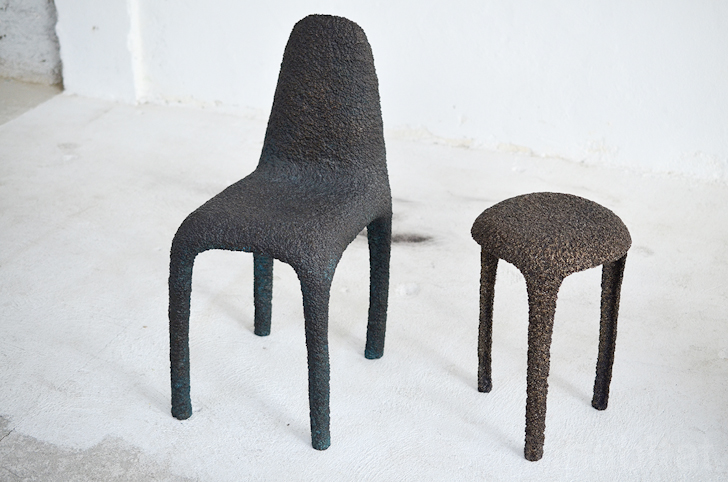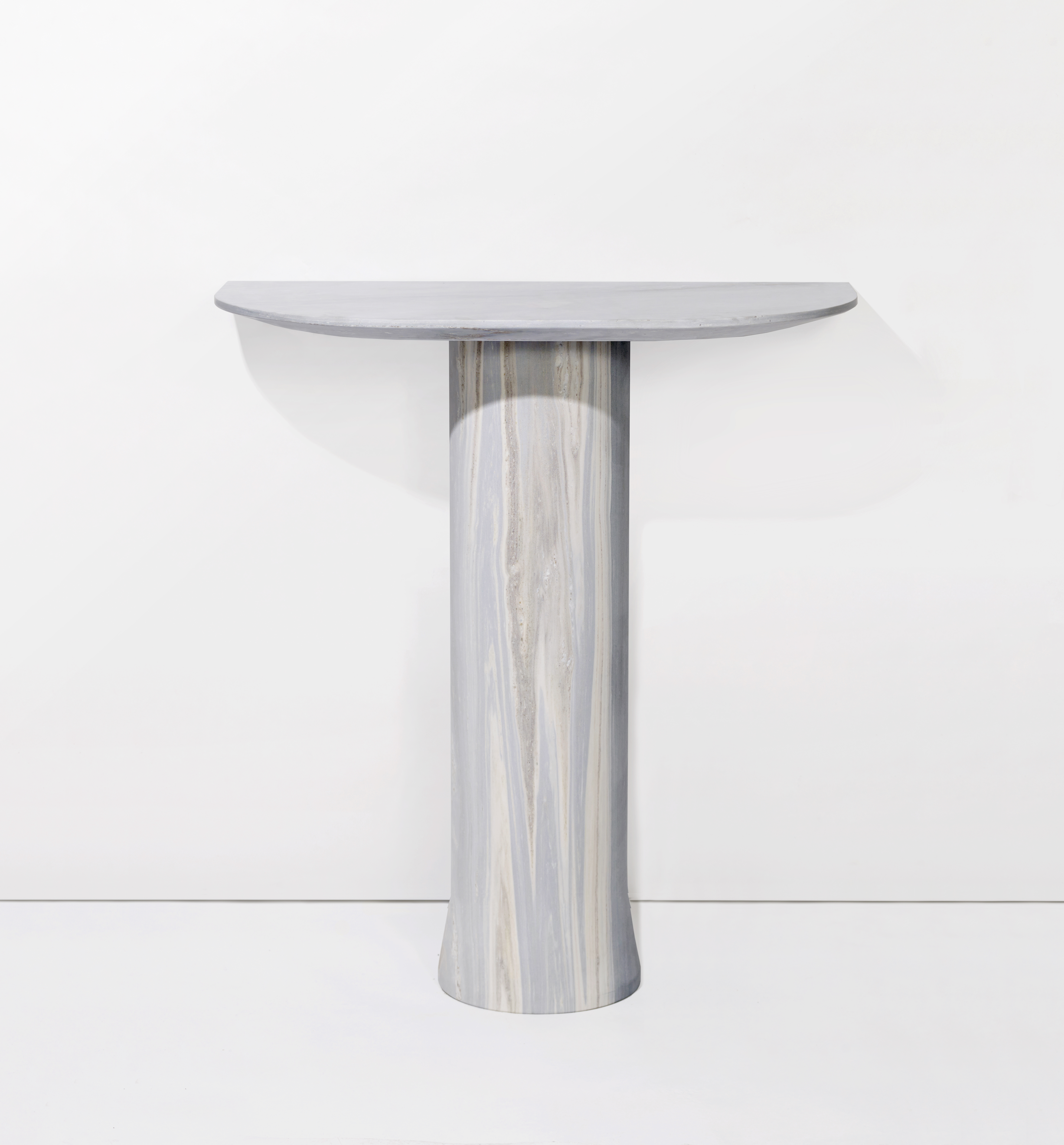On Longing
In her beautiful 1992 book On Longing, Susan Stewart makes an analogy that is super-relevant to contemporary design. Just as there is a difference prose and poetry, she says, there are two ways of relating to objects: “they alternately create the real and the imaginary of social life.” The first way treats things mechanically, instrumentally; the second in terms of narrative and emotion. Stewart goes on to consider this second kind of relationship, which is bound up with “longing” — which may be produced by difference, distance, and the desire for completion (as for a collector). From her complex book, one potent idea emerges: it’s the elusiveness of objects, our inability to truly possess or even comprehend them, that exerts power over us.
It’s an argument that is pertinent to all of the objects in DNA, which transcend self-evident practicality and touch the poetic realm. But it seems especially germane to the three objects here. All are relatively modest in scale, simple in form, restrained in their visual and material affect. They invite our regard not through extravagant flights of invention, though Max Lamb’s stool, made using a self-invented “lost foam casting” process, is certainly innovative in its materiality. Nor are they explicitly narrative, though Carmen D’Apollonio’s I Wish You Were Beautiful lamp does imply the beginnings of a story, through its title.
Nor are they ornate, though Jean-Baptiste Fastrez’s stone console has some of the ambience of classical architecture. Rather, their charisma results from the masterful use of formal attenuation, of negative space. Their eloquence is in what is not said, or shown, or seen: the rest of the (perhaps sad) story that emanates from D’Apollonio’s lamp; the potential spaces in which Lamb’s and Fastrez’s objects could sit, while they remain still and certain, lures to the imagination.
DNA is a collaborative essay project, intertwining three gallery programs into a single, generative presentation.





